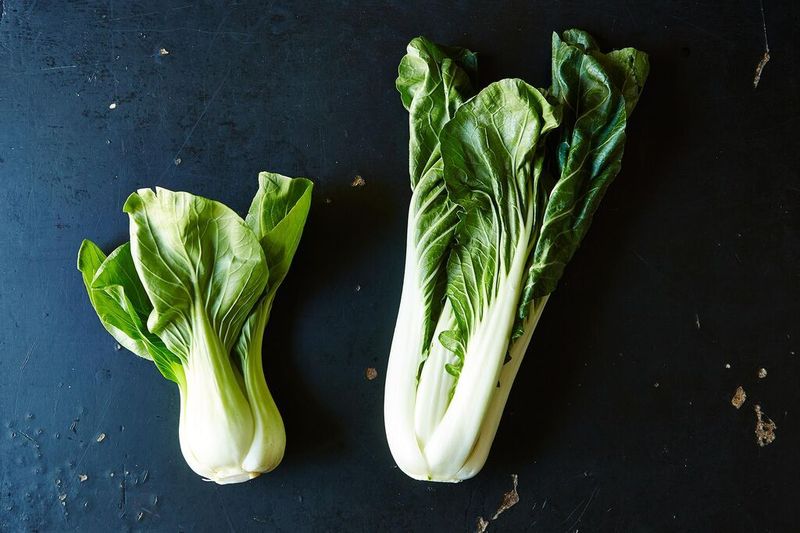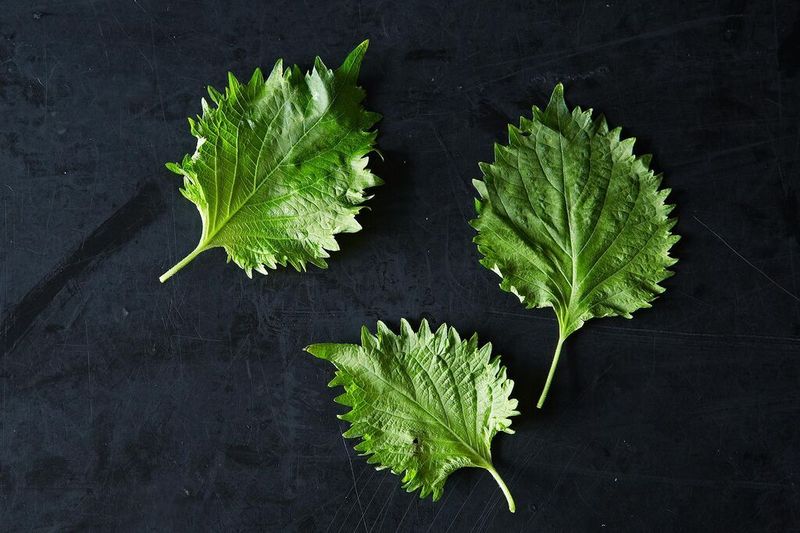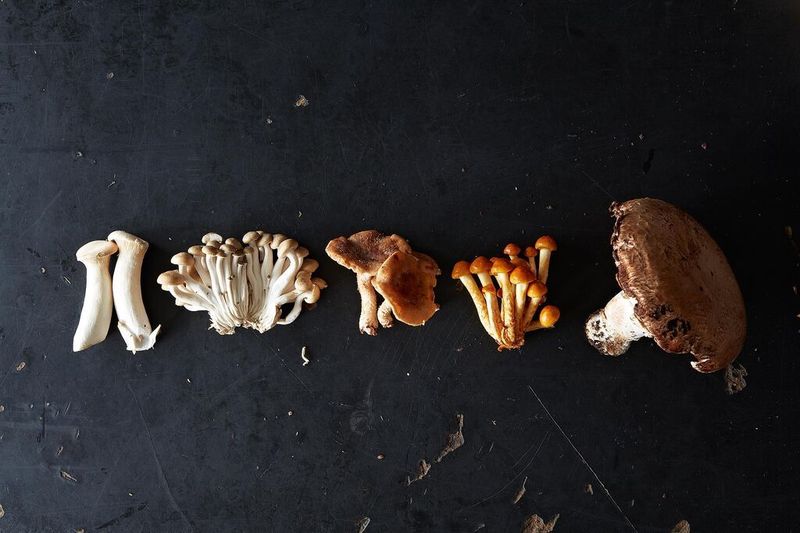Popular on Food52
2 Comments
Tereza
September 23, 2015
Buying fresh mangos in Costa Rica made me fall in love with the fruit, sadly they will never be the same back home
http://lifeandcity.tumblr.com
http://lifeandcity.tumblr.com
702551
September 23, 2015
Being on vacation is different from living abroad.
The opportunity to buy produce really hinges on your access the proper storage and cooking facilities as well as the duration of your stay.
Heck, if I'm about to fly someplace, I typically don't buy much at my farmers market even though I have a full kitchen and refrigerator available.
Before Airbnb became popular, it was often difficult to identify short-term rental properties with kitchens. Even B&Bs often did not allow kitchen access. Today's travel landscape is a bit different with Airbnb-type rentals, but those aren't always available everywhere, nor are they always the type of accommodations that everyone chooses. There are still reasons to stay at a traditional kitchenless hotel room.
My trips abroad have been short (a few days) and long (several years), with different access to storage and cooking facilities. Not much you can do with three raw potatoes in a kitchenless five-star hotel room. However, it's worth buying some fresh fruit if you're staying more than a couple of days.
Fresh produce purchases are dictated by the overall set of circumstances, not by the location.
Regardless, it's worth visiting the local farmers market, if mostly to browse, but also for the opportunity to purchase non-perishables or shelf-stable items.
The opportunity to buy produce really hinges on your access the proper storage and cooking facilities as well as the duration of your stay.
Heck, if I'm about to fly someplace, I typically don't buy much at my farmers market even though I have a full kitchen and refrigerator available.
Before Airbnb became popular, it was often difficult to identify short-term rental properties with kitchens. Even B&Bs often did not allow kitchen access. Today's travel landscape is a bit different with Airbnb-type rentals, but those aren't always available everywhere, nor are they always the type of accommodations that everyone chooses. There are still reasons to stay at a traditional kitchenless hotel room.
My trips abroad have been short (a few days) and long (several years), with different access to storage and cooking facilities. Not much you can do with three raw potatoes in a kitchenless five-star hotel room. However, it's worth buying some fresh fruit if you're staying more than a couple of days.
Fresh produce purchases are dictated by the overall set of circumstances, not by the location.
Regardless, it's worth visiting the local farmers market, if mostly to browse, but also for the opportunity to purchase non-perishables or shelf-stable items.






See what other Food52 readers are saying.